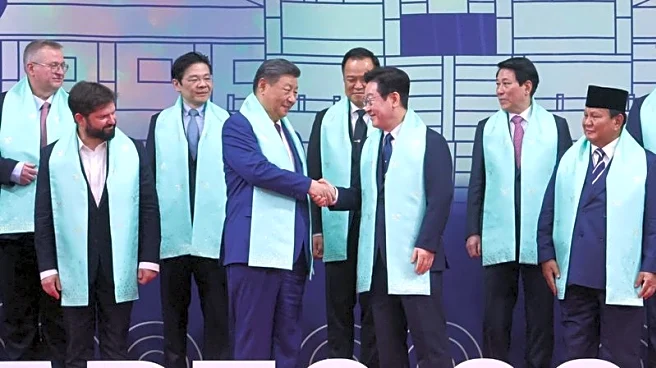What's Happening?
Resource disputes between investors and states have reached a 10-year high, driven by resource nationalism and competition for critical minerals between the U.S. and China. According to law firm DLA Piper,
32 disputes have been lodged with the World Bank arbitration body in 2025, surpassing last year's total. These disputes involve resources such as oil, gas, gold, uranium, and lithium. Latin America, with 11 cases, is the most affected region, followed by Africa with 10 disputes. The rise in disputes reflects the increasing value and strategic importance of critical minerals.
Why It's Important?
The surge in resource disputes highlights the geopolitical tensions surrounding critical minerals, essential for technologies like AI and electric vehicles. As countries seek to secure these resources, investors face heightened risks and uncertainties. The disputes could impact global supply chains, affecting industries reliant on these minerals. For countries involved, the disputes may lead to strained investor relations and potential economic repercussions. The situation underscores the need for clear regulatory frameworks and international cooperation to manage resource extraction and investment.
Beyond the Headlines
The increase in resource disputes may lead to a reevaluation of investment strategies in resource-rich regions. Companies might seek to diversify their portfolios to mitigate risks associated with geopolitical tensions. Additionally, the disputes could prompt discussions on sustainable resource management and the ethical implications of resource extraction. As countries assert control over their natural resources, the balance between national interests and foreign investment will be a critical area of focus.













